@david-farkas
active 2 years ago-
David Farkas commented on the post, Leica V-Lux (Typ 114) Review: The Swiss Army Knife of Cameras 10 years, 1 month ago
In reply to: Kirsten Vignes wrote a new post, Leica V-Lux (Typ 114) Review: The Swiss Army Knife of Cameras Leica Camera once again led the way at Photokina this past September with the announcement of several new, large-sensor compact cameras including: the Leica X (Typ 113), Leica X-E (Typ 112), Leica D-Lux (Typ 109) […] View
Leica Camera once again led the way at Photokina this past September with the announcement of several new, large-sensor compact cameras including: the Leica X (Typ 113), Leica X-E (Typ 112), Leica D-Lux (Typ 109) […] View
First, I'd suggest using Adobe Lightroom, not Apple Photos to process the RAWfiles from the V-Lux. Secondly, the Col Effects apply only to JPGs generated in camera, not to RAWfiles. If you are shooting RAW only, you wouldn't see the effects in the computer.
-
David Farkas wrote a new post, New Leica TL Lenses Announced 10 years, 1 month ago
At the SL Launch event in Wetzlar last week, many wondered why Leica showed a graphic promoting the use of 6 T/TL lenses when only four currently exist. While nothing was officially announced at the time, I saw T […]
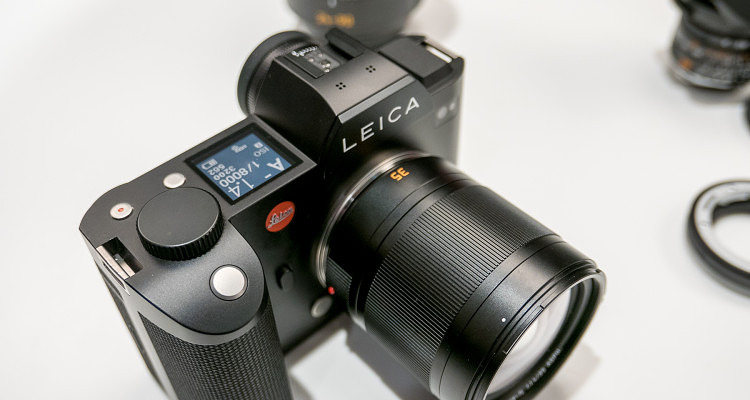
-
David Farkas wrote a new post, Firmware Version 1.43 for Leica T (Typ 701) Now Available 10 years, 1 month ago
Leica has released a new version of firmware for the T (Typ 701). This update focuses on two areas. The first is speed. The new firmware promises to deliver much faster autofocus with T lenses, displays live view […]
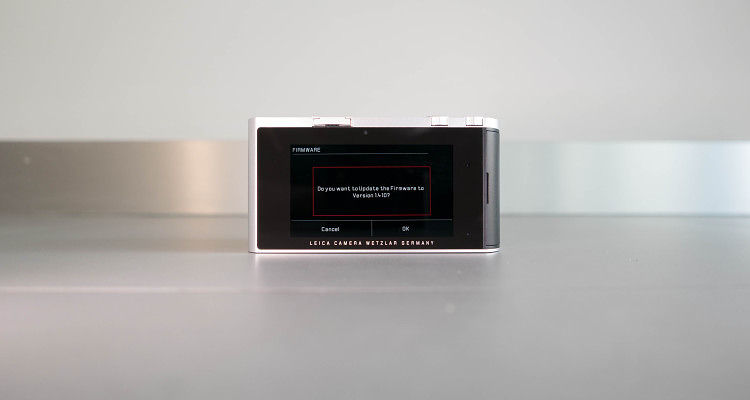
-
David Farkas commented on the post, Leica S (Typ 007) Review 10 years, 1 month ago
In reply to: David Farkas wrote a new post, Leica S (Typ 007) Review It’s official. Leica has just started delivering the world’s fastest medium format digital camera, and perhaps the most advanced. When I met with the product managers for the new S (Typ 007) at Photokina, I was […]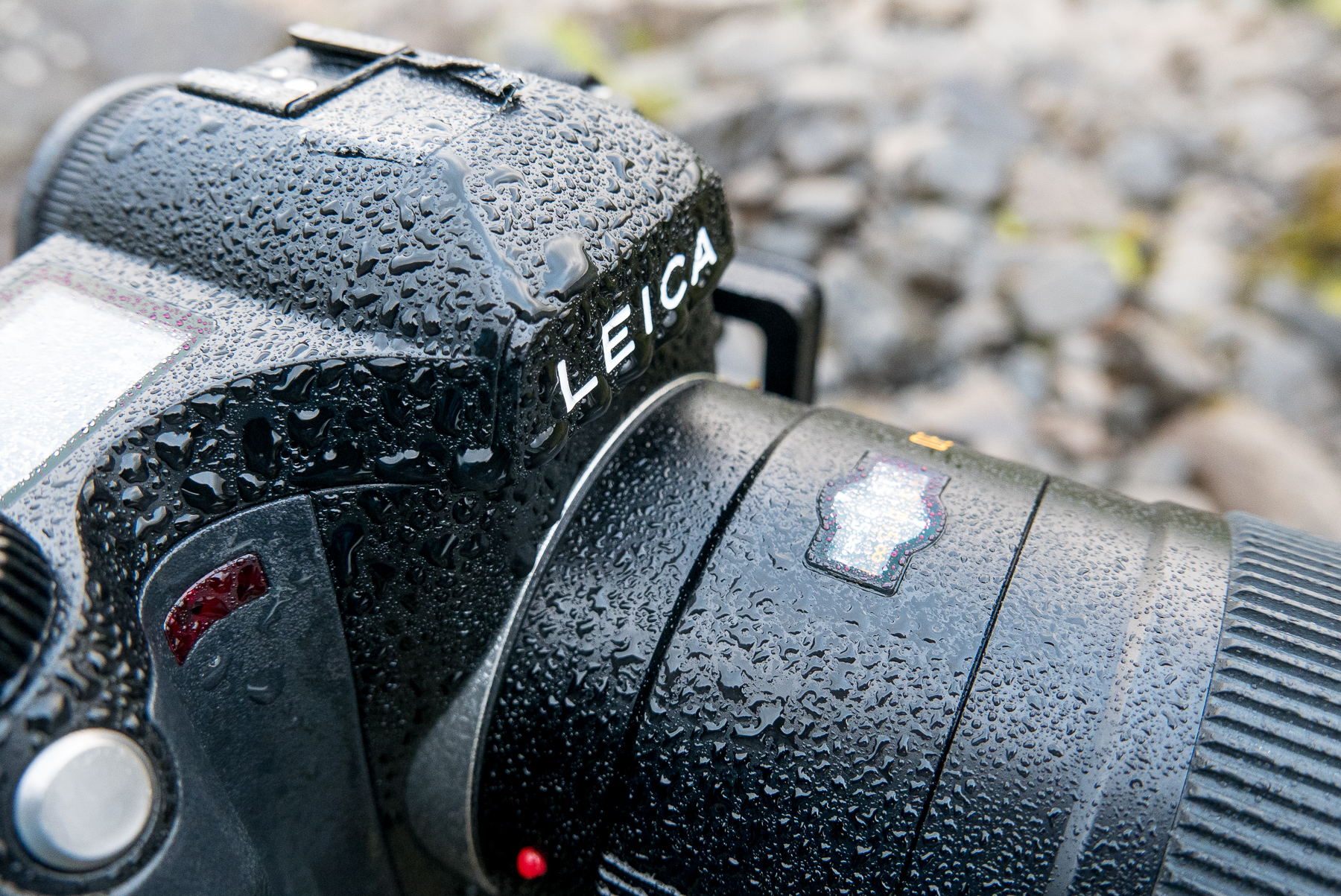 View
View
The LR4 worked out great for me. I'm 5'10” and had plenty of space. I was even able to keep my boots at the foot of my sleeping bag without bumping into them while I slept. I'd say you would be fine at 6′. My camera bag was on the rear seat on the passenger side and behind that I stacked my duffel bags with clothes and food. Water bottles and…[Read more]
-
David Farkas wrote a new post, Leica SL (Typ 601) Launch event in Wetzlar, Germany 10 years, 2 months ago
When I received my invitation to the latest Das Wesentliche event to be held at the factory in Wetlzar, Germany a couple months ago, I had a fairly good idea what was coming. In fact, I think a lot of people did. […]
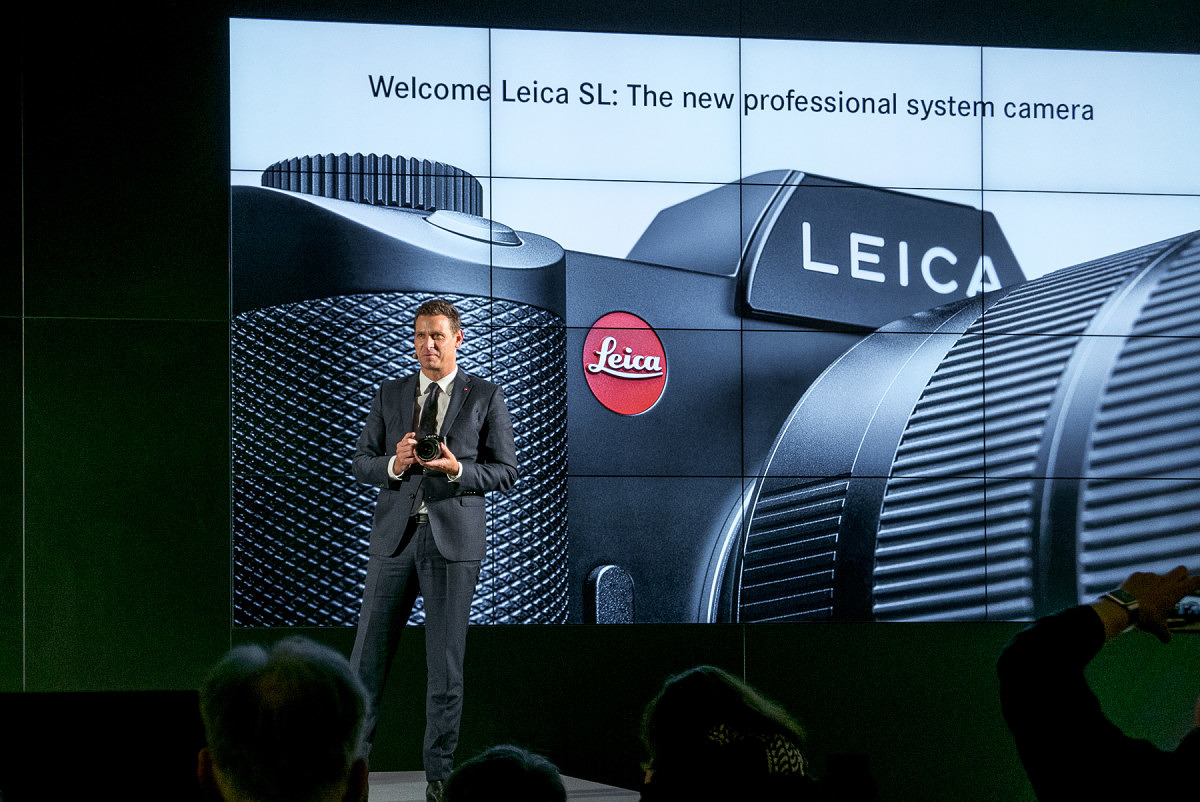
-
David Farkas commented on the post, Leica S (Typ 007) Review 10 years, 3 months ago
In reply to: David Farkas wrote a new post, Leica S (Typ 007) Review It’s official. Leica has just started delivering the world’s fastest medium format digital camera, and perhaps the most advanced. When I met with the product managers for the new S (Typ 007) at Photokina, I was […] View
View
The times break down as follows:
ISO100: 60 Seconds
ISO200: 60 Seconds
ISO400: 32 Seconds
ISO800: 16 Seconds
ISO1600: 8 Seconds
ISO3200: 8 Seconds
ISO6400: 4 seconds
ISO12500: 2 SecondsJudging from this, I'd say that the best bet would be to use ISO 200, as it will be equivalent to ISO 100 @ 2 min, with very little trade-off in image quality.…[Read more]
-
David Farkas commented on the post, Leica S (Typ 007) Review 10 years, 3 months ago
In reply to: David Farkas wrote a new post, Leica S (Typ 007) Review It’s official. Leica has just started delivering the world’s fastest medium format digital camera, and perhaps the most advanced. When I met with the product managers for the new S (Typ 007) at Photokina, I was […] View
View
Thanks. Carrying around two S cameras is a bit more effort than two Ms, so I'm not sure that I'll be doing the same kind of comparison. I did, however, take some portraits of my daughter with both cameras, as well as do some table top controlled comparisons, which I will be publishing in the near future.
-
David Farkas posted a new activity comment 10 years, 3 months ago
In reply to: Nunnzzzz posted an update New S 007 owner and I absolutely love it. There is a night and day difference between 006 and 007. Has anyone tried using Tethering in LIghtroom. I thought it would be easy. I connect the 007 to my new MacBook Pro via the cord that Leica provided. I go into Lightroom and click on File, Tethered Capture, Start Tethered Capture. Unfortunately, when I do this is says \"no Camera detected\".....Anyone have any thoughts or ideas? ViewLR doesn't fully support tethering yet. Support is coming soon for the S007.
-
David Farkas commented on the post, Leica Monochrom (Typ 246) DNG Files Currently Incompatible with Apple ‘Photos’ App 10 years, 3 months ago
In reply to: Josh Lehrer wrote a new post, Leica Monochrom (Typ 246) DNG Files Currently Incompatible with Apple ‘Photos’ App Today, Leica Camera has issued a notice regarding a compatibility issue with DNG files from new Monochrom (Typ 246) and Apple's Photos App. From Leica: Leica Camera would like to inform you that the Leica […] ViewYes, this was fixed a while back.
-
David Farkas commented on the post, Leica S (Typ 007) Review 10 years, 3 months ago
In reply to: David Farkas wrote a new post, Leica S (Typ 007) Review It’s official. Leica has just started delivering the world’s fastest medium format digital camera, and perhaps the most advanced. When I met with the product managers for the new S (Typ 007) at Photokina, I was […] View
View
Currently, the maximum exposure time is 60 seconds, but this might get longer in future firmware releases. I never had any issue with the limit during my testing. I think my longest exposure in 5,000 images was 32 seconds. I also went to a place where it doesn't really get dark in July. So, there's that. 🙂
-
David Farkas wrote a new post, My photographic adventure through Iceland with the Leica S (Typ 007) 10 years, 3 months ago
In July, I had a unique opportunity to test out the new Leica S (Typ 007). During brainstorming about where to go to try out the new camera, the universe kept pushing me to go to Iceland. So, with some degree of […]

-
great article on the new BEAST
-
David,
I really enjoyed your writings on your Iceland trip. It brought back many old and good memories. When I was there I had only a Leicaflex SL and a Leica and a series of lenses 19 to 400mm. but I got great shots. I also lugged around my Linhof Master Technika on which i used mostly my 6X7 super Rollex backs. It was just too hard to work with 4X5 plate holders in the cold and dampness. Golfuss (sp) has changed a lot since I was there, for it was much more dramatic in its cascades, but that is what happens with waterfalls and the subsequent erosion of the cliff face from which it fell. By chance, did you get to hike up behind Golfuss (sp), the vista is just breath taking?
When you spoke of you counter clockwise planned trip of 9 days, I am sorry to say, and sat back and chuckled to myself, saying, there is no way he is going to do that trip in 9 days. j used my Leicas a lot while I was there. It is too bad you did make it to, or knew of Thorsmark (a beautiful island in the middle of huge, hard running glacier river on the south coast of the country. I was there for a year stationed at the NATO air base in Keflivik. When I was there in the towns the homes were mostly just white washed, but ever home had beautifully strong colored door and window boxes. The contrasts were remarkable. My pics of the Icelandic ponies were during a late summer in an early blizzard. Did you try and get any pics of the geysers while you were there????
In any event, thanks for the trip through Iceland again with the S-007.
Tom
-
Thanks for sharing. Iceland has come a long way from my days there in 1979-82. The waterfalls appear to have not changed in the slightest. What? No Blue Lagoon shots?
-
-
David Farkas wrote a new post, Leica S (Typ 007) Review 10 years, 3 months ago
It’s official. Leica has just started delivering the world’s fastest medium format digital camera, and perhaps the most advanced. When I met with the product managers for the new S (Typ 007) at Photokina, I was […]

-
Great review! Does it have a maximum exposure time? I found the maximum on the S006 limiting for nighttime/tripod photography.
-
Currently, the maximum exposure time is 60 seconds, but this might get longer in future firmware releases. I never had any issue with the limit during my testing. I think my longest exposure in 5,000 images was 32 seconds. I also went to a place where it doesn't really get dark in July. So, there's that. 🙂
-
On the 006, the max exposure time was reduced as you upped the ISO, which made 1 min/ISO100 maximum exposure. Does the 007 keep 60 seconds even on higher ISO? Is there any reason you cannot have Bulb on CMOS?
-
The times break down as follows:
ISO100: 60 Seconds
ISO200: 60 Seconds
ISO400: 32 Seconds
ISO800: 16 Seconds
ISO1600: 8 Seconds
ISO3200: 8 Seconds
ISO6400: 4 seconds
ISO12500: 2 SecondsJudging from this, I'd say that the best bet would be to use ISO 200, as it will be equivalent to ISO 100 @ 2 min, with very little trade-off in image quality. Going to a higher ISO nets you nothing. I'm still expecting Leica to come out with some longer exposure times in upcoming firmware releases.
-
-
-
-
Great pictures.
After doing the New England trip this fall, you should schedule a group trip to Iceland.Thanks for your good work on the review. You have previously put the sensor resolution question to bed. This time to put the removable back issue to bed too.
The DOF readout was good news for me.
Jack -
The review was terrific. I would like to see a comparison with the 006 in terms of rendering, etc. like you did with the M9 and M240.
-
Thanks. Carrying around two S cameras is a bit more effort than two Ms, so I'm not sure that I'll be doing the same kind of comparison. I did, however, take some portraits of my daughter with both cameras, as well as do some table top controlled comparisons, which I will be publishing in the near future.
-
-
Great review. I second Peter's request above, for a comparison between 006 and 007 — not can they be made the same, but how are the starting points different?
But I had to laugh when I saw the map of your intended route around Iceland. I did that route two summers ago, staying indoors, with family of four and less time devoted to photography (except where there are puffins, which we all joined in to do). It took us 14 days, and we had to skip a few things.
scott
-
Great Review David! Always enjoy hearing what your thoughts are…
-
Thanks for the comprehensive review!
Sounds like a great camera, truly an upgrade to the 006.
And now I want a 45mm lens… -
Thanks for the interesting review! Great images!
-
A great report, David. Many thanks.
I'm contemplating a similar trip and like your accommodation solution. How did the Land Rover Discovery space work out for gear stowage, sleeping and eating ? I'm 6 ft and had doubted that a comfortable nights sleep could be had. Be great to hear your views on this.
Where did you hire the LR4 from ?
Regards
-
The LR4 worked out great for me. I'm 5'10” and had plenty of space. I was even able to keep my boots at the foot of my sleeping bag without bumping into them while I slept. I'd say you would be fine at 6′. My camera bag was on the rear seat on the passenger side and behind that I stacked my duffel bags with clothes and food. Water bottles and butane canisters went on the floor in the back seat. I usually ate behind the wheel or sitting up in the back area, unless it was nice out. My sleeping area extended from the back of the driver's seat to the tailgate. In the LR4, you can fold everything completely flat in this space, so there are no weird bumps.
I rented the LR4 from Geysir Car rental. They were great.
Good luck!
-
Many thanks, David.
It's on my bucket list. It seems very popular, but driving your accommodation is a great way to go.
Cheers
-
-
-
Thanks David. This is a fantastic review, and wow the pictures! It seemed most photos were taken last September in Iceland, am I right? I was there in the same time frame. I compared my M9 photos with yours, it seemed the S typ7's colors were more vivid and saturated. How much PS have you done with yours? And if so, what?
-
Thanks Maurice.
I was in Iceland in July, so the days were definitely longer than when you went in September.
I didn't do any Photoshop work to the files. All edits were done completely in Lightroom, then exported to JPG for web. So, no layers, no blending modes, no compositing. All single shots. The S007 DNGs are the most malleable and luscious files I have ever processed. 15.5 stops of DR really helps for landscape shooting.
-
-
For working professionals, tools of the trade are offset by income. For amateurs, we all have our passions and priorities. Many people will spend much more than this on cars, motorcycles, musical instruments, cruises, ski vacations, fishing boats, etc. For those who love photography and appreciate top quality gear, the Leica S is an amazing tool that produces incredible results.
-
-
David Farkas wrote a new post, Join us for a photo adventure in New England and try out the new Leica S (Typ 007) 10 years, 3 months ago
In early October, Josh Lehrer and I are heading to New Hampshire, Maine and Vermont to lead a series of Fall Foliage workshops with Leica Store Miami. With the new Leica S (Typ 007) starting to ship, we are happy […]
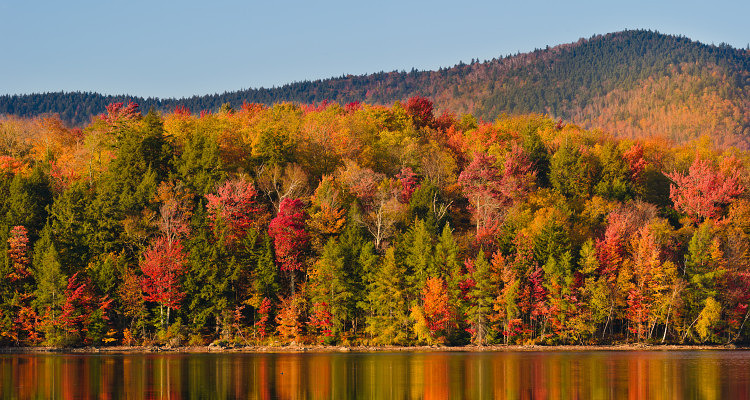
-
David Farkas wrote a new post, Leica S (Typ 007) Starts Shipping with Lower Price of $16,900 10 years, 4 months ago
Seems the wait was worth it. While Leica may have just barely made their Summer 2015 delivery estimate, they have given S users cause for celebration. The new S (Typ 007) was originally priced at $25,400 when it […]
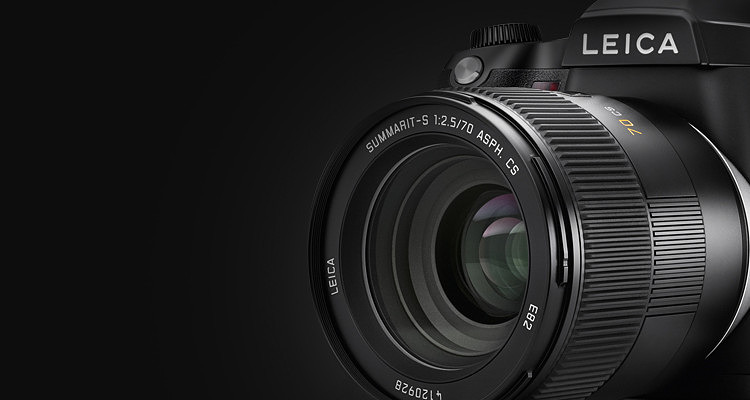
-
David Farkas wrote a new post, New Thumbs Up sets available for Leica M-P (Typ 240) Safari 10 years, 4 months ago
If you're one of the lucky 1500 people to have nabbed a Leica M-P (Typ 240) Safari Set but have wished that you could have a matching Thumbs Up and soft release for your safari green picture making machine, the […]

-
David Farkas commented on the post, Leica M Monochrom (Typ 246) Review 10 years, 4 months ago
In reply to: David Farkas wrote a new post, Leica M Monochrom (Typ 246) Review Many in the photographic community have speculated that it was only a matter of time until Leica made a monochrome version of the M (Typ 240), more commonly known as the M240. The original M Monochrom, perhaps now […]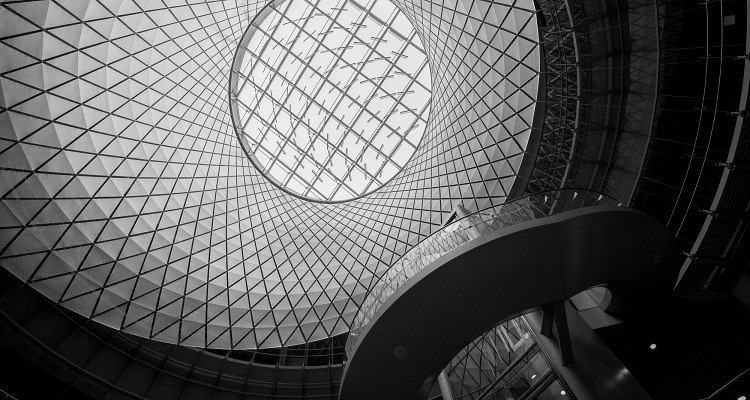 View
View
My suggestion is to just jump in with both feet! The transition to rangefinder is fairly quick and painless. After a couple of days of real use, it will feel natural. After a week, it will become second nature.
-
David Farkas commented on the post, Leica M Monochrom (Typ 246) Review 10 years, 4 months ago
In reply to: David Farkas wrote a new post, Leica M Monochrom (Typ 246) Review Many in the photographic community have speculated that it was only a matter of time until Leica made a monochrome version of the M (Typ 240), more commonly known as the M240. The original M Monochrom, perhaps now […] View
View
Color filters work the same way on B&W digital as they do on film. The effect is much easier to accomplish in camera than in post processing.
-
David Farkas commented on the post, Photokina 2014: A few quick pictures with the Leica Summicron-S 100mm f/2 ASPH 10 years, 4 months ago
In reply to: David Farkas wrote a new post, Photokina 2014: A few quick pictures with the Leica Summicron-S 100mm f/2 ASPH When I ventured by the S stand at the Leica booth on my last day at the show, I said hello to Dietmar Stuible, who was working the demo table. He is one of the optics designers at Leica and was responsible for th […]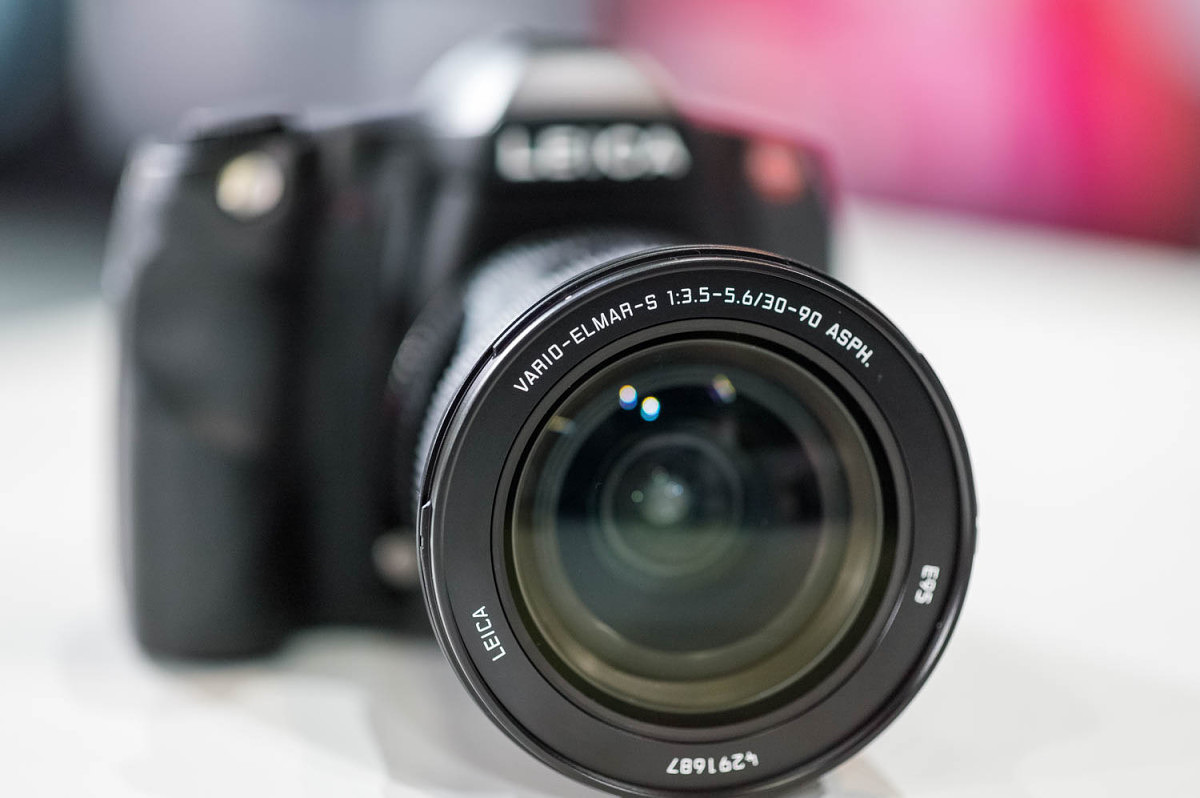 View
View
There is no CS version planned for the 100mm Summicron-S. My understanding is that the aperture is too wide to allow for the smaller CS mechanism.
-
David Farkas wrote a new post, New Leica S (Typ 006) / S-E (Typ 006) and 70mm Lens Promotional Bundles Announced 10 years, 5 months ago
With the new Leica S (Typ 007) on the horizon, Leica has introduced two new promotional bundles in order to clear existing stock. When combined, this is a fantastic opportunity to get a brand new S 006 or S-E […]

-
David Farkas wrote a new post, Leica Announces Permanent Fix for CCD Sensor Corrosion on M9/M9-P/MM/M-E Models 10 years, 5 months ago
Well, this is certainly good news. Following through on exactly what they said they would do, Leica has announced a more permanent fix for the CCD sensor corrosion issue that affects M9, M9-P, M Monochrom […]

-
David,
I am one of the people who have an M9 with corrosion sitting in NJ and just got off the phone with Leia.
I was told it could take up to 3 months to have my CCD replaced and it will not be with the newly announced CCD, I would have to ship my M9 back to them again when they start receiving the new sensors and they have no ETA on availability. He also mentioned that the current CCD replacement comes with a 3 year warranty.Oh well looks like I may must bite the bullet and go for there M240 /M-P upgrade program. I was really hoping on getting back my M9 sooner, selling it and then purchase a Leica “QM2” M240 / M-P at a reduced cost.
-
- Load More

Hi David, thanks for the report. For what number of lines per mm are S lenses being calculated/produced? Thanks!
The published MTFs show data for 10, 20 and 40 lp/mm. Internally, Leica is now testing for 60 lp/mm as well.
To my knowledge, the TL lenses are not weather sealed. I would have no issue using it in a light drizzle though, same as I might with an M lens.